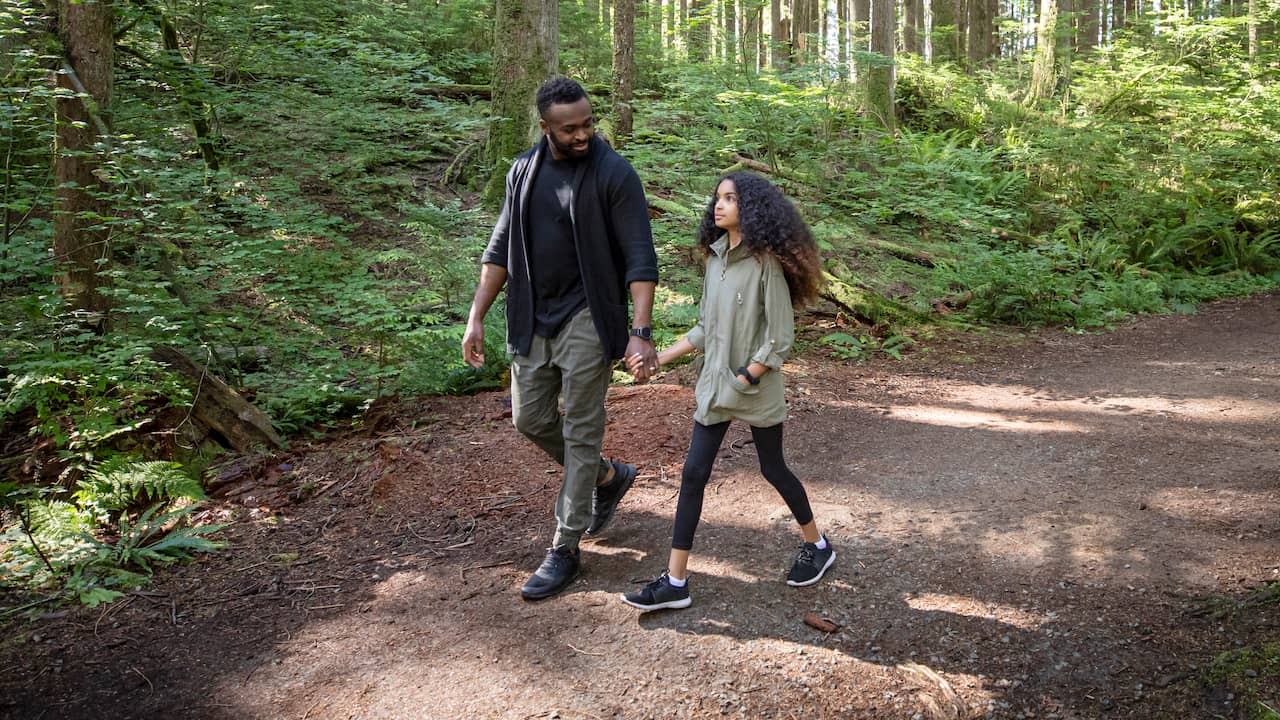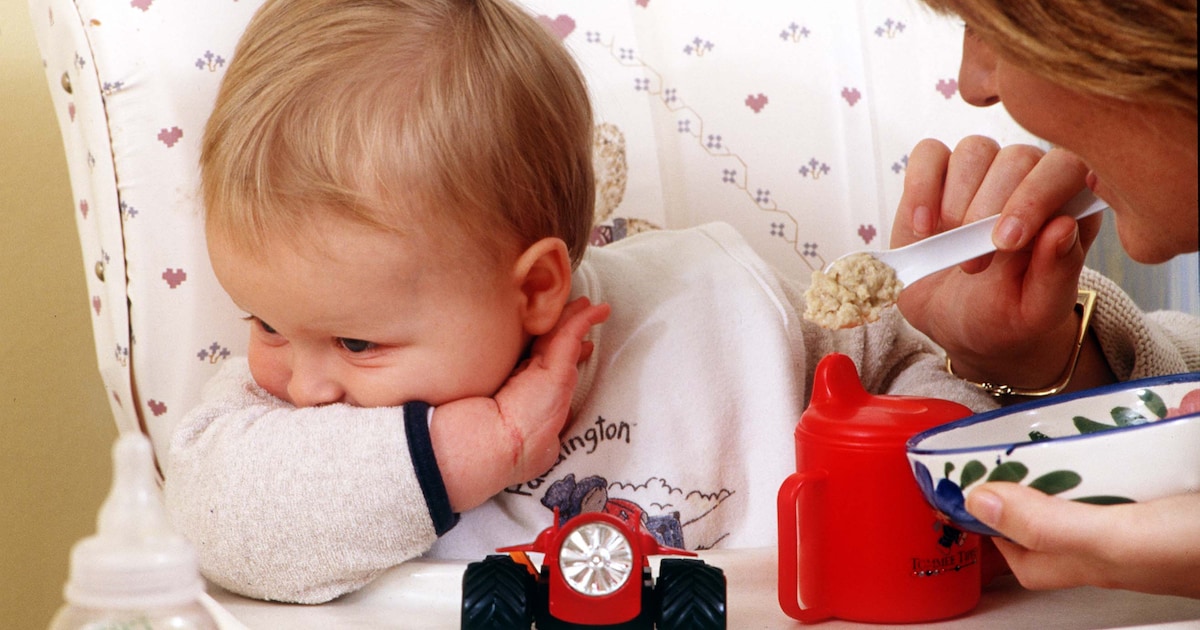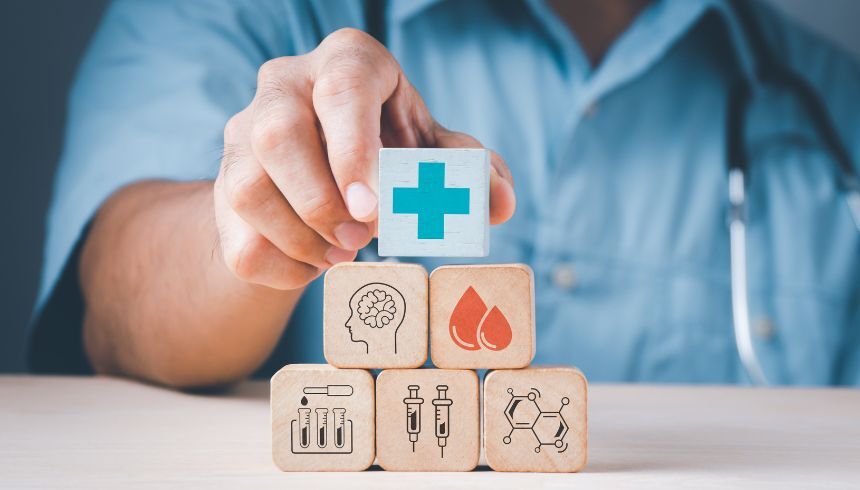To know how powerful the sun shines and how harmful it is, there is the UV index. The higher the radiation, the more likely you are to get burned. The index can be found on the RMI website, but also in apps like ‘UV Index Widget’, ‘UVLens’ or in the weather app on your smartphone. And they seem to be popular with young people, says dermatologist Thomas Maselis. “Adolescents are the ones who burn the most and they are aware of it. They keep a closer eye on their skin, I notice this in practice. Before the sunscreen was designed to be able to lie in the sun for hours, now there is a new mentality to protect the body”.
But what use are these UV index apps? “Most of the apps are based on measurement points in Belgium, from the RMI or local measurement points, so they are very accurate,” continues Maselis. “From index 3 you have to protect the skin, from index 5 it is highly recommended and at index 7 it is necessary and midday should be avoided. You’ll see that the UV Index is low in the morning, spikes between 10 and 11 a.m., and is at its peak until 3 p.m., when the sun is highest. Then it falls again.” At index 4, a person with skin type 2, the most common in our regions, can burn in 30 to 60 minutes during sunny periods. With a UV Index greater than 5, this can be done within 20 to 40 minutes. A UV Index of 6 to 7 is expected as of noon for the next few days.

“Friendly travel trailblazer. Certified gamer. Evil bacon practitioner. Analyst. Problem solver.”







